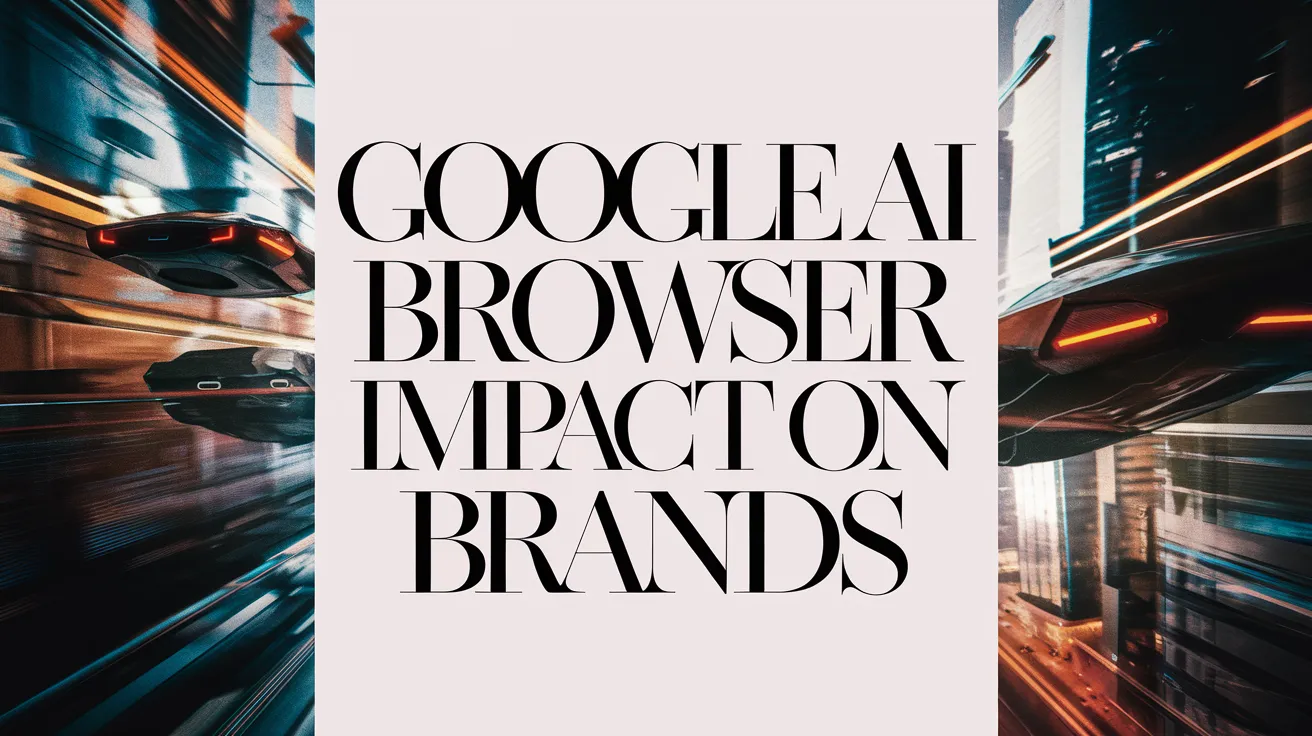Google AI Browser Impact on Brands

Google’s recent announcement of a reimagined Chrome browser powered by artificial intelligence marks a significant turning point in the ongoing browser wars. This advancement hints at smarter browsing capabilities, with projections of enhanced efficiency and personalized copilots. However, as promising as it may appear, it also signals a concerning shift for brands, as they must navigate the potential threats of these developments.
The Downside: A Sales Rep in Your Store
Beginning with the challenges, Google’s AI-enabled Chrome presents numerous concerns. At its core, the browser acts as a friendly assistant, but it can equally play the role of a de facto sales representative for competing products. By contextualizing product pages and offering side-by-side comparisons with rival brands, Chrome risks undermining businesses’ hard-earned marketing investments.
When customers are presented with alternatives like Viking, Samsung, or Frigidaire directly within their browsing experience, they may feel less inclined to engage with the brands that created those experiences. This scenario accelerates a dangerous trend: the erosion of brand ownership and authority over customer journeys. With every passing year, companies find themselves losing control over consumer interactions, potentially turning well-crafted brand narratives into mere commodities in a vast digital marketplace.
Moreover, the rise of AI browsers signifies a looming disruption in customer acquisition costs and brand loyalty. With the browser becoming the pivotal point of customer engagement, brands without ownership of first-party data will struggle to develop effective AI-driven marketing strategies.
The Upside: Opportunities for Brands
On a hopeful note, despite the looming threat, it’s worth noting that AI browsers like Chrome are not yet fully transformative. They are efficient tools that assist users with information summarization and comparison but don’t execute tasks completely. This opens a window of opportunity for brands willing to innovate.
Brands can leverage their unique strengths in providing nuanced, industry-specific experiences. Unlike a generalized AI browser, industry players can offer tailored solutions—such as helping a traveler navigate complex airline loyalty programs or assisting patients through convoluted healthcare processes. By focusing on depth rather than breadth, brands can build customer loyalty and carve out their niche in this AI-driven landscape.
Additionally, innovations in user interfaces that adapt to consumer needs in real-time could set brands apart. If companies adopt creative approaches that anticipate customer requirements, they will position themselves favorably against generic browsing experiences.
The Internet’s Shift: A Call to Action for Brands
The transition to smarter browsers like Chrome is not just a technological upgrade; it represents a fundamental shift in the internet’s attention economy. This evolution demands that brands wake up and adapt or risk repeating the mistakes of the digital media revolution in 2008, where complacency led to the downfall of many established players.
As the landscape shifts, brands face a pivotal decision: either view AI browsers as just another platform to optimize for, or redefine their approach to customer experience in a way that makes it irreplaceably relevant. While Google’s AI browser has not yet reached that level, the technology is on its path, and brands that fail to evolve may soon find themselves irrelevant as competitors capitalize on the shifting consumer landscape.
Ultimately, brands must consider whether they will allow AI browsers to dictate consumer behavior or if they will innovate and offer indispensable experiences that even the smartest browsers can’t replicate. The future is promising for those who dare to embrace change and innovate.